How the Universe Evolved: The Planet Hunters Exploring the Universe
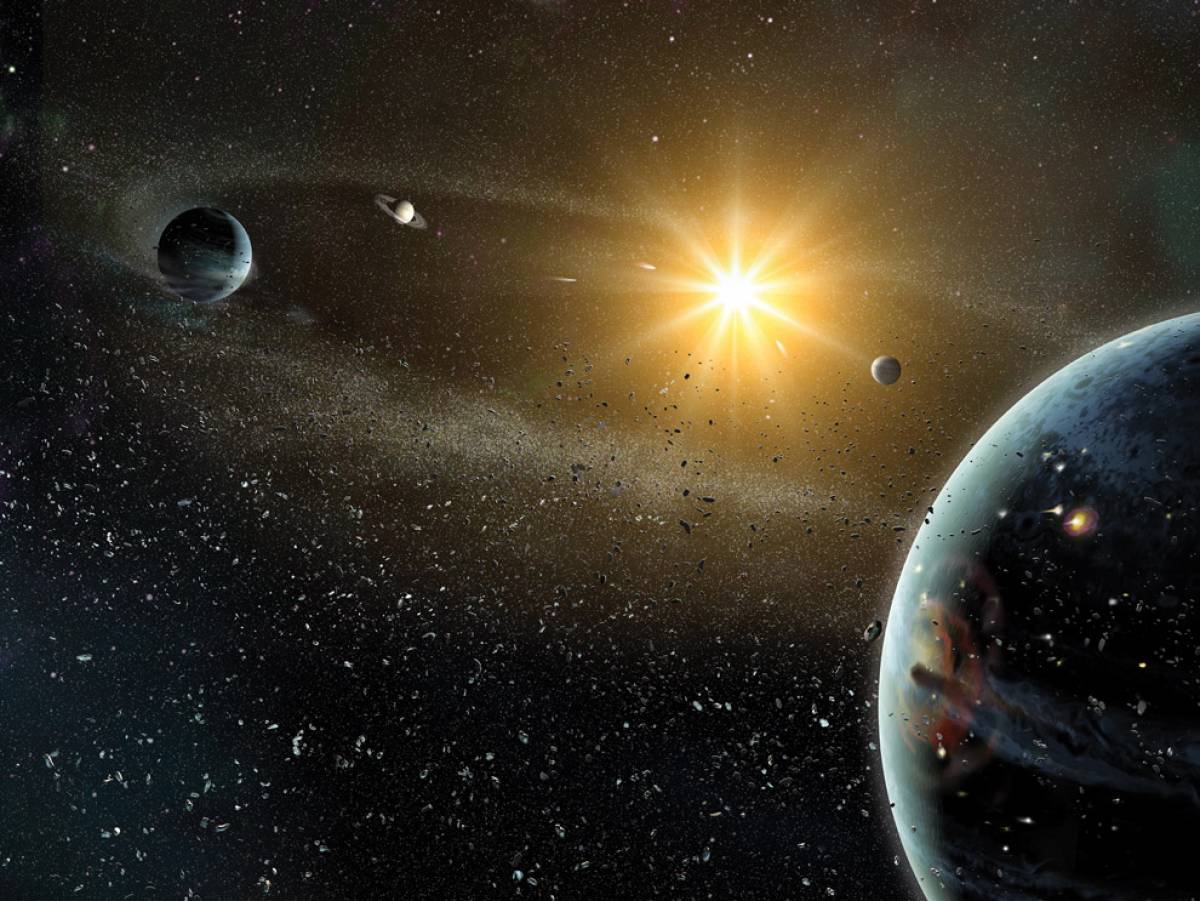
Credit: NASA/Dana Berry.
NASA's exoplanet program has a primary objective of identifying unequivocal evidence of existing life on a planet outside of Earth. The timeline for achieving this goal is subject to two unpredictable variables: the frequency of life in our own direct galactic vicinity and the chance of serendipitous discoveries during our exploratory endeavours, across the wider universe.
Unfortunately, the pursuit of detecting life on other planets may extend over several decades unless we happen upon unexpected luck. To uncover additional blue-white celestial bodies concealed within the star field is comparable to a solitary grain of sand on a beach, and we may require more advanced imaging telescope.
Luckily, the development of such cutting-edge planet finders are already underway and may be launched into orbit in the coming decade.
However, in the meantime, NASA currently have several space telescopes studying the universe:
- Hubble
- Swift Gamma Ray Burst Explorer
- The Transiting Exoplanet Survey Satellite (TESS)
- Chandra X-ray Observatory
- The Kepler Space Telescope
- Fermi Gamma-ray Space Telescope
- NuSTAR (Nuclear Spectroscopic Telescope Array)
- The Neutron star Interior Composition Explorer on the International Space Station
- The Imaging X-ray Polarimetry Explorer (IXPE)
- And the James Webb Space Telescope
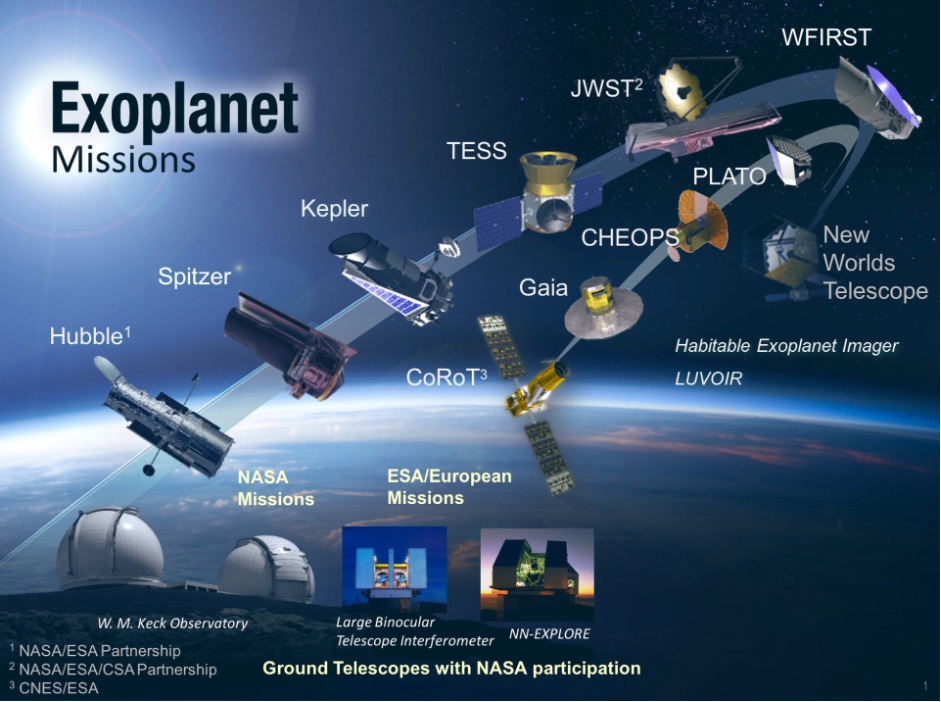
In our own galaxy, at large, planetary systems like ours are decidedly in the minority. More than half of all stars in the sky have one or more companions star - where, these multiple star systems come in a stunning variety of flavors: There are large, hot, stars orbited by smaller, cooler ones; double stars orbited by planets; pairs pulsing with X-rays, as one sheds material that is devoured by the other; and systems with as many as seven stars in a complex gravitational dance.
Essentially, as much as 85% of all stars are part of binary systems, and some are even part of triple or higher-multiple systems. The orbital periods and distances of the different members of these binary systems can vary significantly, with some stars separated by a few thousand Astronomical Units and have orbital periods of hundreds of years, while other orbit so closely that, their surfaces almost touch, allowing for the direct exchange, or siphoning of material.
The first exoplanet discovered around a Sun-like star was 51 Pegasi, formally named Helvetios with a mass similar to Jupiter and located 50.6 light-years from Earth in the constellation of Pegasus. However, 51 Pegasi is different from Jupiter in several ways. While Jupiter orbits the Sun every 12 years, at a distance five times greater than the Earth's distance from the sun, 51 Pegasi is situated 20 times closer to its star than Earth is to the Sun, and completes one orbit in just 4 days. Such planets are known as "Hot Jupiters."
The Kepler space telescope and the other telescopes of its class were designed primarily to detect Earth-sized planets in the so-called habitable zone (or goldilocks zone) of stars similar to the Sun. Nevertheless, these instruments have the capability of identifying a range of planets, from Mars-sized worlds in close orbits to massive gas giants, and from worlds that are sweltering hot to those that are frigid cold.
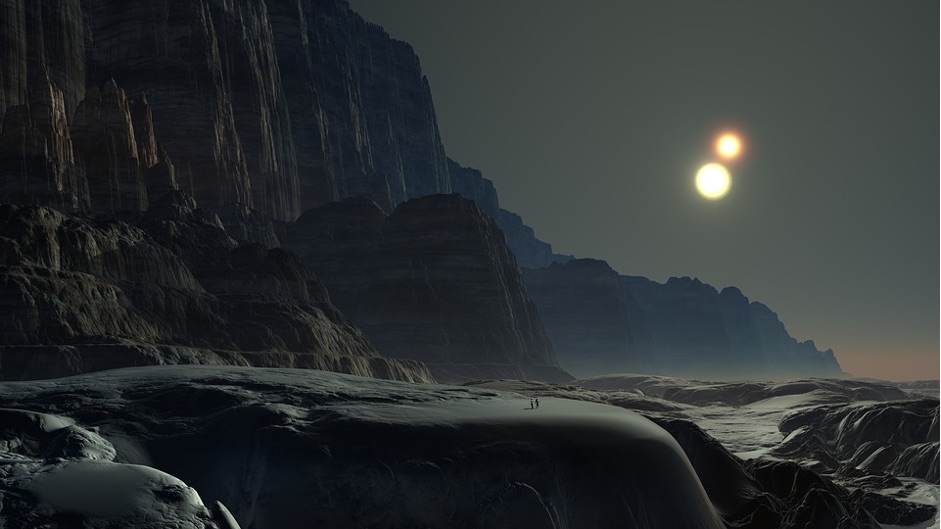
However, the overwhelming prevalence of solar systems that are vastly different from our single-star solar system, or that have nothing in common with a system filled with multiple cold gas giant, challenges the conventional narratives surrounding the formation of planets and stars, and calls for a shift in the way we search for exoplanetary systems that potentially support life.
Moreover, the recent findings of the Webb Telescope also challenge our understanding of the early universe with the reveal of six massive galaxies that defy all existing theories. Where, these galaxies are so colossal that their existence, if confirmed, would force us to re-examine the very origins of galaxies themselves.
As such, the continued discovery of unique types of galactic and planetary systems that challenge the conventional narratives, about the formation and origins of various celestial objects, should inspire us to pursue new avenues of research, in the continued search for exoplanetary systems capable of supporting life.
The findings, contained within the data from the James Webb Space Telescope's infrared-sensing instruments, offer a glimpse of the universe as it was 13.5 billion years ago, when it was just 3 percent of its current age.
The discovery of the six potential galaxies, observed just 500 to 700 million years after the Big Bang, is truly remarkable because they already appear to be as mature as our 13-billion-year-old Milky Way galaxy is today.
The images captured by the Webb Telescope reveal these galaxies are shockingly large, with stars that are seemingly too old. These new findings challenge existing theories of the early universe and contradict the earlier observations made by the less powerful Hubble Space Telescope.
Despite there being past discoveries of even older galaxies dating back to within 300 million years of the Big Bang, it is the size and apparent maturity of these six potential mega-galaxies that have left scientists stunned. Hence, all of these recent discoveries challenge the validity of the established mathematical models and theories that pertain to both young or nearby stellar objects (such as stars and planets within our own galaxy) and very old or distant objects or structures (such as other galaxies and quasars).
As a result, a new model has emerged to explain these deviations from the conventional model, which fuses together two previously discarded models: the planetary fission model of George Darwin (son of naturalist Charles Darwin) and the Tuning Fork model of Galactic Evolution, once proposed by Edwin Hubble, the namesake of the Hubble Space Telescope.
The new model, which has not been named yet, reimagines the Big Bang not as a process that hurled tiny particles that later cooled and coalesced into clouds of hydrogen, which then eventually reignited at various stages to create the first galaxies and stars.
Instead, the Big Bang is envisioned as the first true singularity, densely packed with overwhelming levels of fluidic mass, energy, and particles, all confined within a homogenous structure of finite gravity, already roaring and churning with internal kinetic energy and heat. Where, with those moments of transitioning to a more expansive and explosive phase, this singular structure of pure fluidic mass, energy, and particles would push out large amalgamations that were immediately capable of maintaining some level of gravitational organization or synchronicity.
Therefore, according to this model, immediately after the Big Bang, within mere seconds, the creation of very unstable galactic cluster-size gravitational structure would come into existence.
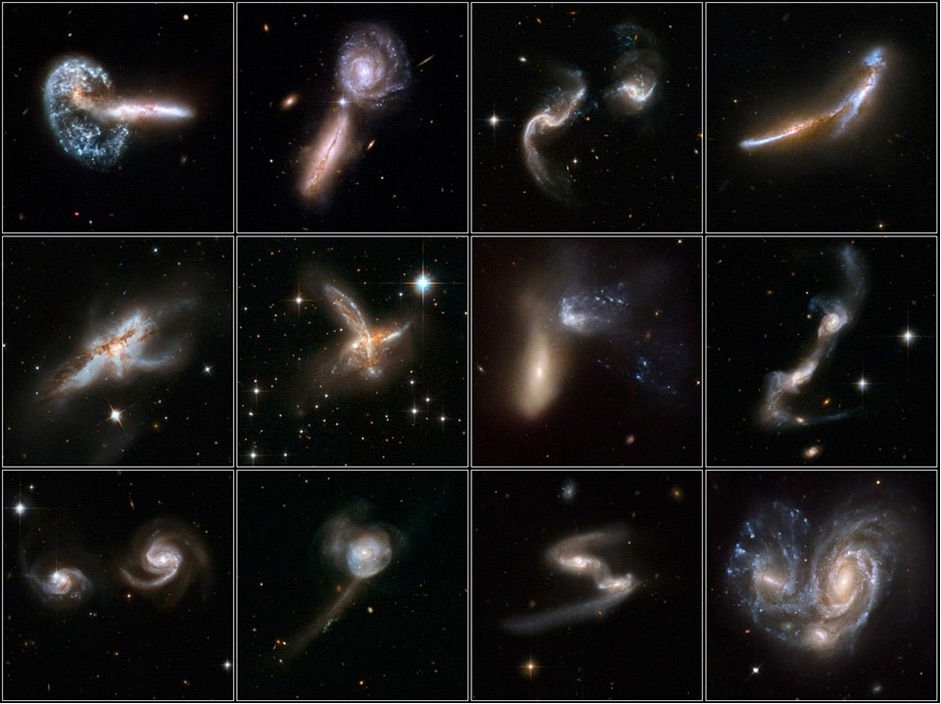
Over time, due to their high levels of excess energy and mass, these massive galactic cluster-size structures and objects would gradually continue to crumble, fragment, and break apart as they continue to drift away from each other, on a cosmic level, in all directions. During this process, these objects and structures would possess so much innate energy that it would take some time for gravity to regain full control over them and/or within them.
Eventually, these massive galactic scale fragments and/or very expansive shrouds of dust and gas would begin to cool, although many parts would still exist in a strictly ionized or plasma state. The first true proto-stars and proto-galaxies would arise mainly from these structures and would exist in separated gravitational pockets, located vast distances away from each other.
Additionally, during these early stages, both the stars and galaxies that exist would lack well-defined structures and/or rotational stability. However, over time, many of the stellar-sized and galactic-sized objects and structures that come after would start to acquire some degree of stable rotational motion; while, others would fail and continue to be torn apart due to their inability to control or maintain their energy phases.
This fits perfectly with the Hubble Galactic Evolution model, which suggested that the galaxies in the young universe would resemble puffy clouds filled with massive stars. Where, the stars within these galaxies would slowly drift towards the galactic center, due to the immense gravity of these structures, and over time would jumpstart and curate the rotational motion of each galaxy.
However, being so massive, densely packed, and fast burning, many of the stars within the first galaxies would reach their critical point and undergo micro-nova or supernova, leading to the formation of the first set of quasars on the galactic level. These massive structures as quasars would seek to attain both gravitational and rotational stability by expelling some of their excess energy and mass in a multitude of ways all at once.
The violent and energetic death of this first generation of stars would help this first generation of galaxies to transition into their new forms as fully gyroscopically stable rotating galaxies, filled with far less chaos or less unstable stars.
Additionally, preserved within the inertial motion, orbital path, rotational motion, and angular momentum across these new stars would be the linear and rotational inertia of the stellar and galactic objects and structures from which they were formed. Which mean that, the new generation of stars would not be new objects built from cloud of purely hydrogen that collapsed; instead, they would be the remnant remains of old stars, or pieces of those old stars, that now happen to possess, significantly, less angular momentum, less mass, and less energy.
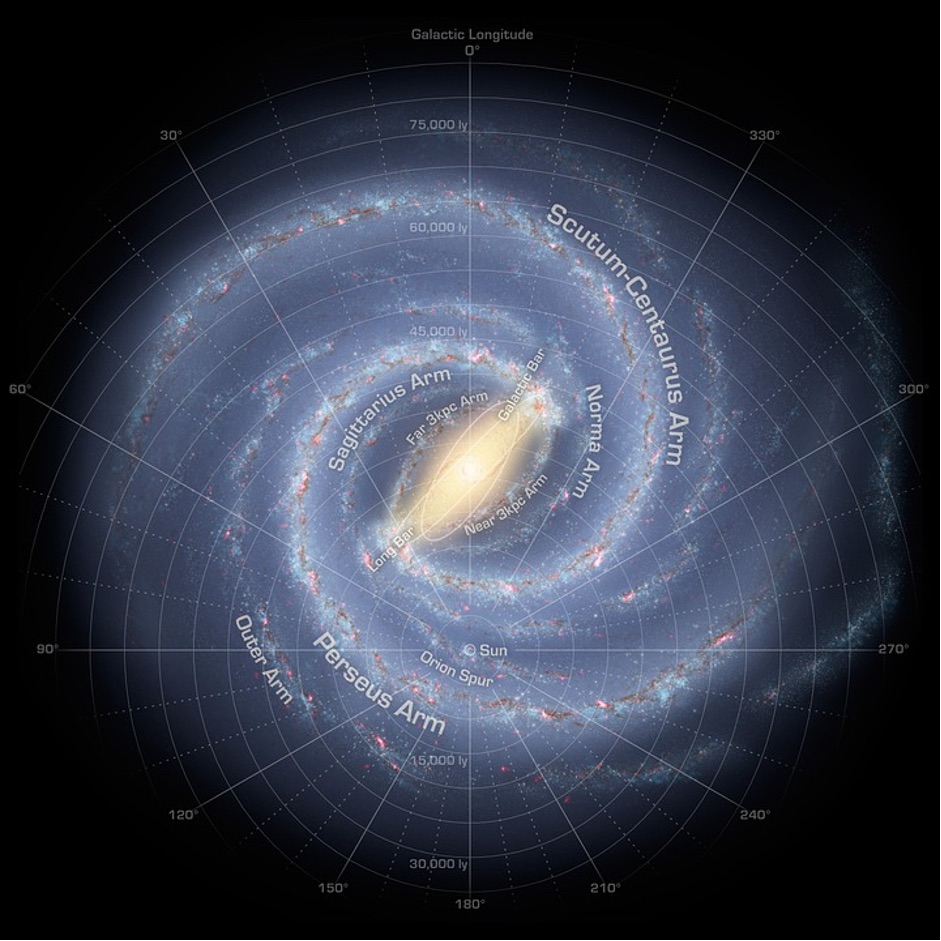
Essentially, those stars would have already possessed both the rotational inertia and a significant level of heavy chemical elements needed to create not just gas giants, but also rocky planets. As such, both the hot gas giant and Earth-sized planets that exist within a solar system would have been formed or spawned directly from the superheated plasma structure of the stars they orbit.
In other words, planets would be plasma droplets that originated directly from the star they orbit (and would possess prograde orbits or short period orbits that align with and synchronized to the rotation cycle and equatorial plane of the star). Thus, the nebular clouds of dust and gas that surround these objects would be nothing more than a smokescreen or façade (or excess exhaust smoke obscuring what is really taking place).
Consequently, planets would start out as superheated balls of ionized plasma and magma, rather than cold clouds of inert dust and gas, and the same would have been true for stars, and galaxies, as well. Hence, a significant proportion - perhaps as much as half - of all stars in the Milky Way Galaxy are either binaries or members of more complex multiple systems, which all bear no resemblance to our solar systems, or the theories we have tied to the formation of our solar system.
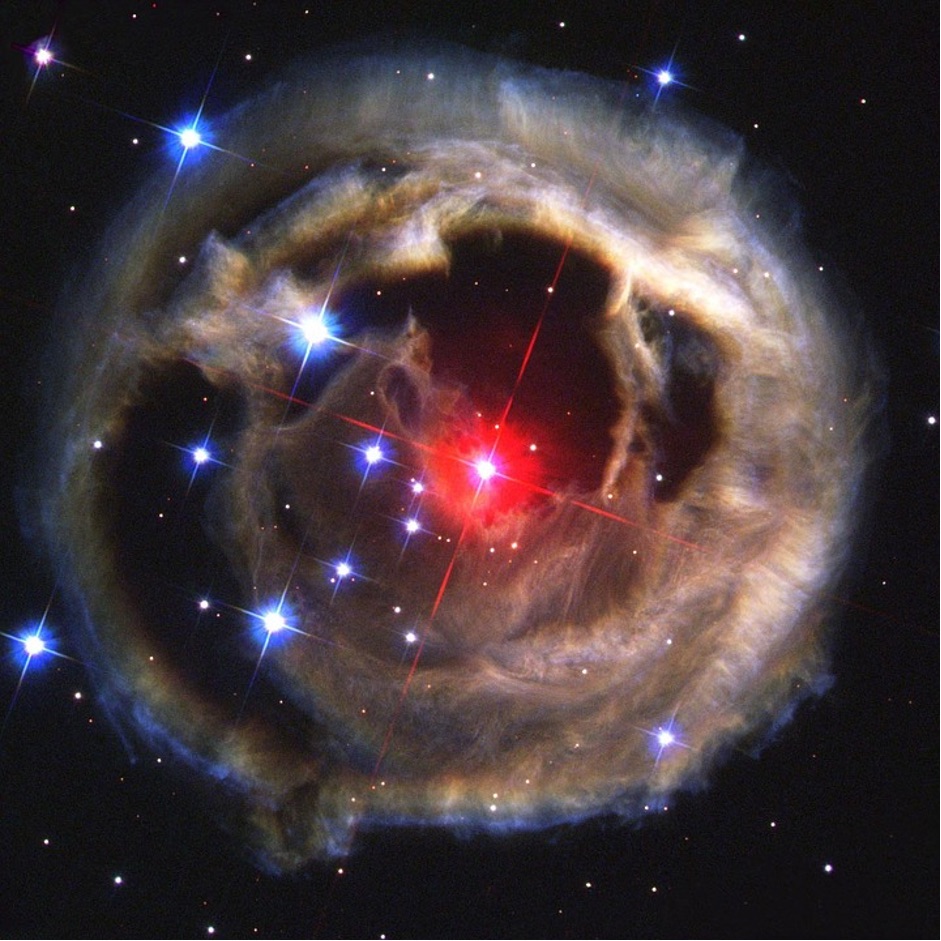
Additionally, those multi-star binaries and hot Jupiter, point directly to a Hot Earth, which ties directly to Gorge Darwin's fission theory that suggested that the early Earth was initially rotating much faster than it is today, and its excessive thermal instability coupled with this rapid rotation caused a piece of the magma Earth to break off and form the Moon.
Furthermore, the material the earth would have release would have been released specifically along its equatorial plane and could have even facilitated the creation of a set of planetary, as a lot of this molten material that would have been flung into space would not have had the momentum or escape velocity to fully escape the gravity of the planet. Where, this process would be similar to the way a droplet of water can break off, tangentially, from a spinning hose.
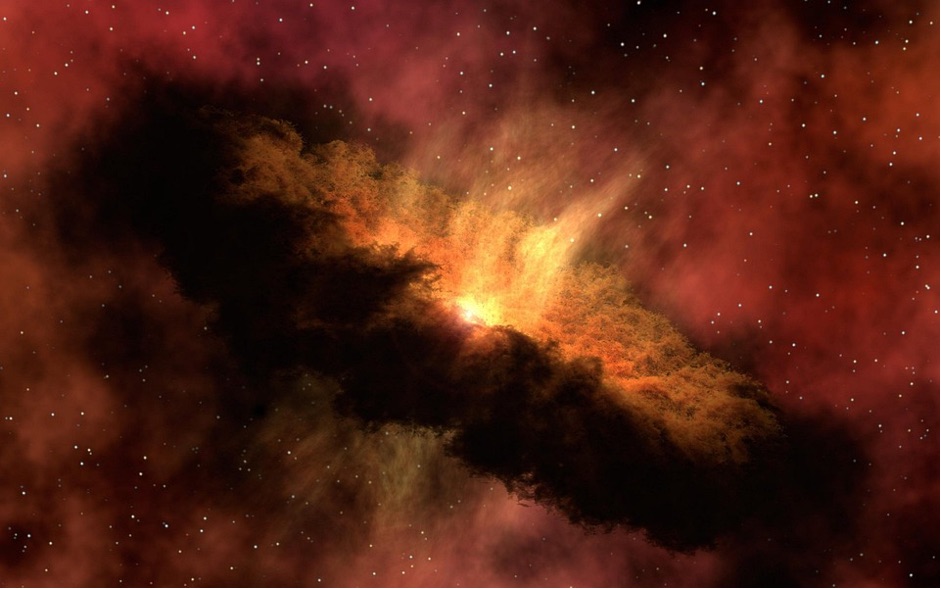
Essentially, the moon would have been a piece of the Earth that broke off, from the planet’s equator or tangential to the planet’s angular momentum, while still being gravitationally connected or tidally connected to the planet, even as they continue to drift apart with every orbital cycle.
Additionally, having once been a direct part of the Earth, the elements found in greatest abundance on the planet – include oxygen, silicon, aluminium, iron, and calcium – would also be the substances that make up the bulk of the moon’s structure, as well. Which means that, most of what we see on the moon’s solidified surface, and we now label them as craters or impacts, are most likely just convection outlets formed when the moon was completely molten, which would simply make them lava outlets and outgas zones that failed to become proper volcanos peaks or lava lakes.
Nonetheless, Darwin's fission theory was ultimately discarded in favor of the more widely accepted "giant impact" theory. The giant impact theory suggests that the Moon was formed from debris ejected into space by a massive collision between the Earth and a Mars-sized body called Theia, rather than from any fission type event or process.
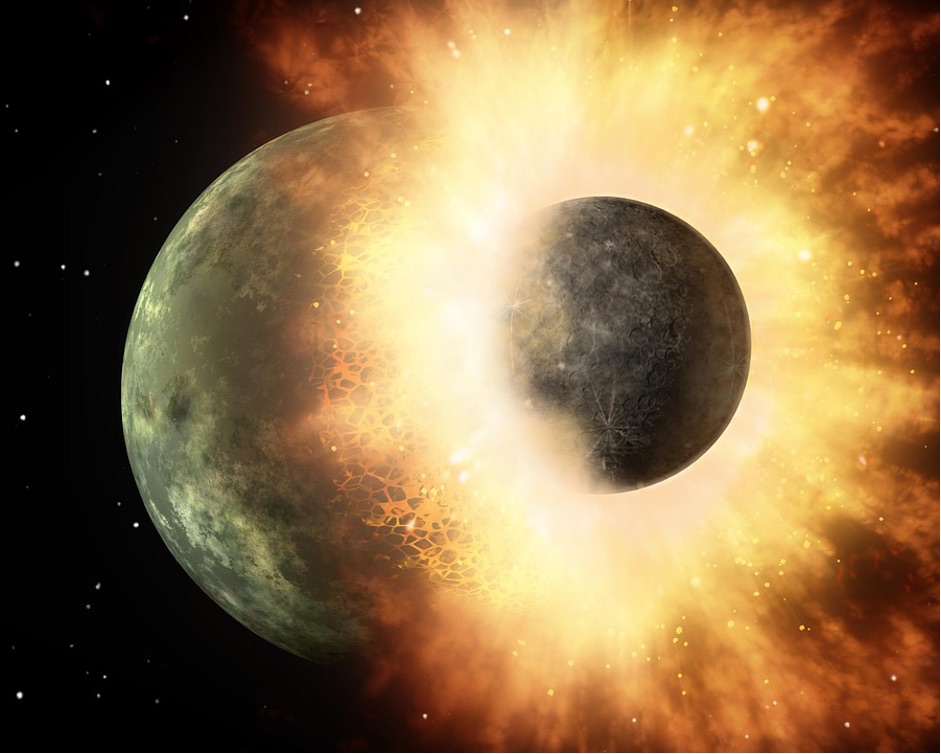
Conclusion
While, these types of fission models have been largely rejected, they can help to explain why most moons and planetary rings tend to maintain a prograde orbit with the planet they belong to, as well as why most planets reside within the equator of their parent stars, with somewhat synchronized orbital cycles.
Additionally, these models expressly allow for the formation of large galaxies early in the infancy of the universe and facilitates a better understanding of why most solar systems have two or more stars and have gas giants orbiting extremely close to the central star.
Furthermore, these models also point to the principle that, the planetary rings would not be the accumulation of captured objects, but would instead be formed when a planet was much more like a hot Jupiter and superheated or molten material was flung from the planet structure into space and later cooled or became solidified in the frigid cold of space.
Therefore, according to these models, the search for life would involve seeking out galaxies or stars that are similar in age and size to our own, where the existing gas giants and/or binary companions have cooled significantly and drifted far away from the central star. As, the conditions within a stable system, or under those circumstances, would allow for the necessary organic chemistry for life to occur without undergoing immediate thermolysis.
References
- Winn, J. N. (2015). Hot Jupiter discoveries and their implications for planetary formation and migration. Annual Review of Astronomy and Astrophysics, 53, 409-447.
- Kozai, Y. (1962). Secular perturbations of asteroids with high inclination and eccentricity. The Astronomical Journal, 67, 591-598.
- Cowan, N. B., & Agol, E. (2011). Kepler-21b: a rocky planet around a V = 8.25 mag star. The Astrophysical Journal Letters, 729(2), L14.
- Hubble, E. (1926). Extra-galactic nebulae. The Astrophysical Journal, 64, 321-369.
- Trimble, V. (1996). Origins of the Hubble sequence. Publications of the Astronomical Society of the Pacific, 108, 1073-1076.
- Darwin, G. H. (1879). On the origin of the moon by tidal action. Monthly Notices of the Royal Astronomical Society, 39, 1-24.
- Nakamura, T., Hayakawa, T., & Nishioka, H. (2010). The James Webb Space Telescope. Publications of the Astronomical Society of Japan, 62, 1517-1526.
- Zahnle, K., Schaefer, L., & Fegley, B. (2010). Earth's earliest atmospheres. Cold Spring Harbor Perspectives in Biology, 2(10), a004895.
- Planck Collaboration. (2014). Planck 2013 results. XXIII. Isotropy and statistics of the CMB. Astronomy & Astrophysics, 571, A23.
- Wright, E. L. (2001). The evolution of galaxies and structure formation in the Universe. Nature, 409, 553-562.
- Mayor, M., & Queloz, D. (1995). A Jupiter-mass companion to a solar-type star. Nature, 378, 355-359.
- Brown, T. M. (2006). Evolution of stars and brown dwarfs in binary systems. The Astrophysical Journal Supplement Series, 166(2), 441-453.




















